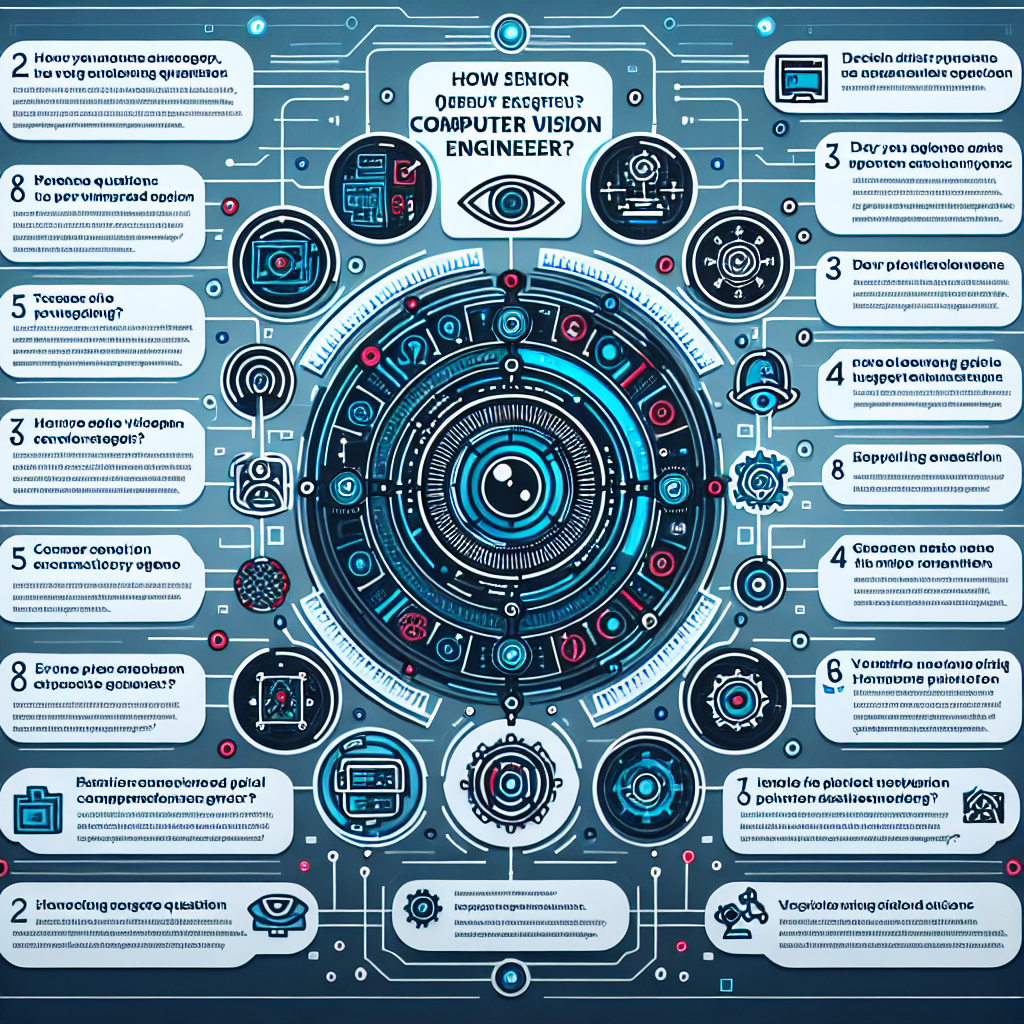Understanding the Hungarian Algorithm’s Crucial Role in DETR
Understanding the Hungarian Algorithm’s Crucial Role in DETR
Introduction
The Hungarian Algorithm is a powerful mathematical tool that plays a crucial role in the success of the DETR (Detection Transformer) model. This algorithm, developed by Hungarian mathematicians in the 1950s, has found its application in various fields, including computer vision.
The Problem of Object Detection
Object detection is a challenging task in computer vision, where the goal is to identify and locate objects within an image. Traditional methods relied on handcrafted features and complex pipelines, making them time-consuming and less accurate.
The DETR Model
DETR, on the other hand, revolutionizes object detection by utilizing a transformer-based architecture. This model eliminates the need for handcrafted features and complex pipelines, making it more efficient and accurate.
The Role of the Hungarian Algorithm
The Hungarian Algorithm is employed in the final stage of the DETR model to assign object detections to ground truth objects. This assignment problem is formulated as an optimization task, where the algorithm finds the best matching between the predicted and ground truth objects.
How Does the Hungarian Algorithm Work?
- The algorithm creates a cost matrix based on the similarity between predicted and ground truth objects.
- It then finds the optimal assignment by minimizing the total cost.
- This is achieved through a series of steps, including row and column reductions and finding the minimum number of lines to cover all zeros in the cost matrix.
- The algorithm iteratively updates the cost matrix until the optimal assignment is found.
Benefits of the Hungarian Algorithm in DETR
- The Hungarian Algorithm ensures that each predicted object is assigned to the most suitable ground truth object, improving the accuracy of object detection.
- It handles the problem of assigning multiple predicted objects to a single ground truth object or vice versa, which is a common challenge in object detection.
- The algorithm’s efficiency allows for real-time object detection, making it suitable for various applications.
Conclusion
The Hungarian Algorithm plays a crucial role in the success of the DETR model by efficiently assigning object detections to ground truth objects. Its ability to handle complex assignment problems and improve the accuracy of object detection makes it an indispensable tool in computer vision. With the Hungarian Algorithm’s contribution, DETR has revolutionized object detection and opened up new possibilities in the field.







